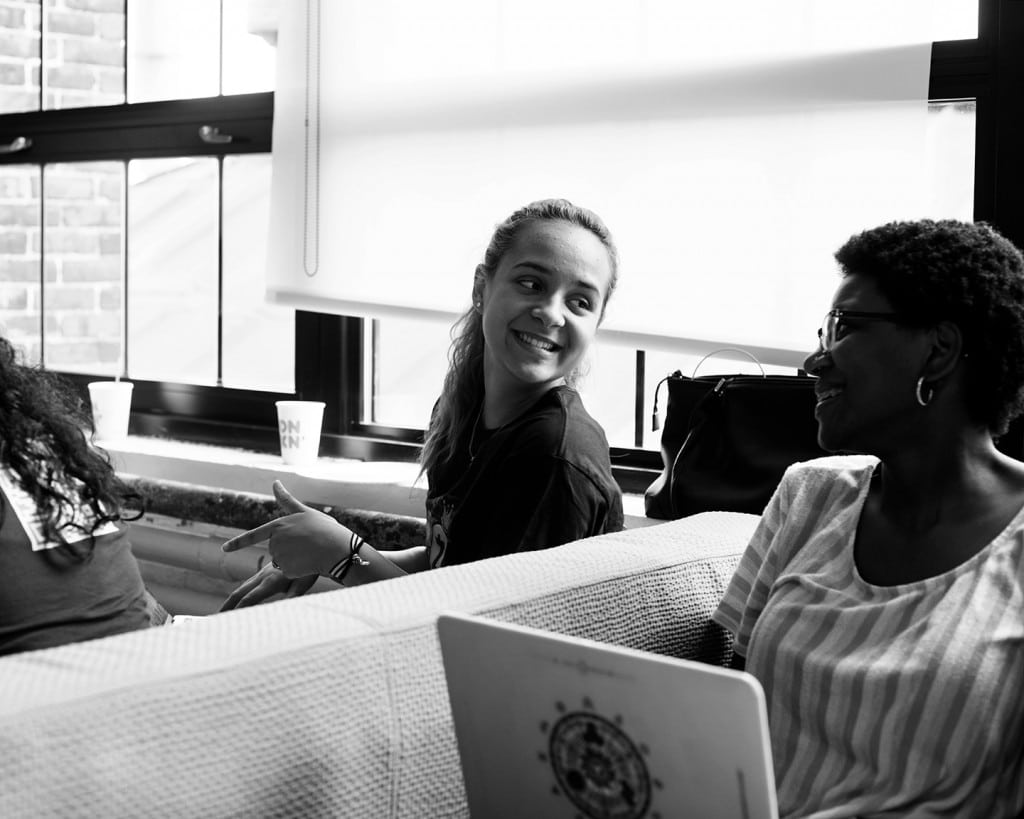Antifragile systems require diversity. And diversity is naturally beautiful — in the music we enjoy, the books we read and the people we engage.
In crypto, we advocate for diversity. Decentralization and diversity are necessary ingredients. However, brittle architectures are now springing up all around the crypto ecosystem. They more closely resemble our legacy financial structures than the irreverent and power-disrupting crypto world most of us believe in.
Many of these legacy-style services are necessary to protect consumers, comply with regulations and support network growth. The crypto-wealthy have no shortage of these services, tools and education available to them. But decentralized money isn’t about the elite. It’s for everyone.
Those who have been historically underestimated by big finance are being underestimated by the crypto community. In spite of a broad desire for inclusion, we continue to drive economic separation. But fortunately, we aren’t beholden to the past. We have emerging leaders, with new ideas, developing innovative models for delivering equality.
Neighbors, a world apart
Approximately 1.7 billion adults in the world are unbanked and without access to basic financial services. That represents 22 percent of the world’s population, with most living in China and India. These are far-off places and may not be top of mind for those living in the US or other first-world countries.
But let’s examine the economic realities in the center of the global financial world, New York City, through the lens of two neighborhoods. One neighborhood is home to one of the largest unbanked populations in the US. The other is home to those that work on Wall Street. These neighborhoods are less than five miles from each other.
| The Bronx | Upper East Side | |
| Primary Ethnicity | Latino | White |
| Median Household Income (US Median is $60k) | $37k (under $30k for most Hispanic and black households in the S. Bronx) | $118k |
| Income Growth Rate | -0.341% | 8.3% |
| Poverty Rate | 29.7% | NA |
| Largest Demographic Living in Poverty | Females 25 – 34, followed by Females 35 – 44 and then Females 45 – 54 | NA |
| Average Commute Time | 44.9 minutes | 28.7 minutes |
| Median Tuition for Bronx-based Higher Ed | $32,225 for private four year colleges | $28,160 for private four year colleges |
In the Bronx, 21.8 percent of households are unbanked, and an additional 30.5 percent are underbanked. While those with access to legacy financial services are experiencing rapid income growth, those without access are seeing their income decline, especially among minority populations and women. And those with the most need are subject to an additional “poor tax” due to everything from longer commute times, higher fees for things like cashing checks, and limited access to capital (and even then, it’s very expensive!).
In New York, neighbors do not have equal access to financial services. Regardless of where you call home, whether Mumbai or New York City, financial disparity separates us.
The Underestimated
But crypto can remedy these inequities, and in the South Bronx, high school teacher Carlos Acevedo raised his hand. He pushed his way into the crypto conversation. He knows his students. He sees the disparity. And he believes that the kids excluded by the legacy financial world are the very ones who will disrupt it. He knows what it means to be underestimated. And he sees a new path rooted in the ethos of the emerging crypto economy. As he tells it, he’s going to do his part to raise up “the new 1 percent” — a crypto-native generation.
“I’m trying to get blockchain a foothold in the Bronx. I’m trying to get these students in on the ground floor.”
Carlos Acevedo
I met with Carlos after reading about him in a Washington Post article. We started working through ideas on leveling up and how ECC could get behind him. From these conversations, the Crypto Community Project (CCP) was born. We worked together to create this two-day pilot school, hosted at an old penny factory in the heart of the South Bronx.
Here, recently-graduated high school students learned about decentralized money. They learned about self-sovereignty, financial privacy and regulation. They learned about how exchanges work and installed their first wallets. They also went out into their neighborhood and spent the Zcash they received as part of the program.
Instead of a traditional curriculum, the classes were taught by leaders in the cryptocurrency ecosystem from companies like Flexa, Gemini, Casa, Messari and the Electric Coin Company. Other industry experts were also brought in to teach students about trading, marketing and law. The Electric Coin Company funded the school and helped recruit and plan.
These students were incredible. They were insightful, engaged, inquisitive and friendly. Those of us that led classes came away inspired. They taught us about their families, neighborhood, realities and challenges. They taught us about their dreams and goals and how decentralized finance can bring change.
CCP was inspired by a high school teacher but became something we all participated in together — hand-in-hand. Already, three of the students from the class have received internships at crypto-related companies, and so those relationships and that learning will continue.
The underestimated don’t need the rest of the world to give them handouts. They need engagement, access, funding and opportunity. But you know what? There’s a flipside. This works both ways. The underestimated have context, local access and are challenged with the very problems that crypto was built to solve. And this is what crypto desperately needs.
Carlos will be leading more schools and education in the South Bronx. The next class is in November. But this movement is already going global. Please make the time to meet Moe, who is leading a school Syrian refugees in Istanbul this December.



